In the Introduction to the Rational Prepper series I talked about the difference between Threats (capitalized) and Situations. Threats are the worst type of situations.... the situations where life or safety is at stake.
It is difficult to think or plan rationally for Threats because it is impossible to attach a cost to the lives of those you love.
Threat situations are very real. Fortunately, they are relatively rare. For the sake of discussion I will divide Threat situations into three categories: Natural disasters, man-made disasters and Human Violence.
Today, I'll focus on avoiding Natural Disasters.
Avoiding Threats
The best way to prepare for actual Threat situations is to avoid them. As the realtors like to say, it's all about "Location, Location, Location".
There are many pepper websites that talk about the ultimate location for a homestead or a bug-out bunker so I didn't invent the idea. However, we did our own analysis when we were considering where to retire. Deciding on the most rational place to go is partly a process of eliminating Threat situations and partly a process of achieving a desirable lifestyle. Today I'll talk about avoiding Threats.
The most critical real-world Threats are wide-area disasters that can overwhelm emergency services and law enforcement.
- Earthquakes
- Hurricanes
- Flooding
Secondary Threats are circumstances that might make an area unlivable:
- Lack of water
- High energy requirements
Let's think about how we might avoid the worst Threats.
Earthquakes
A massive earthquake is the most dangerous natural Threat. Fortunately, they are rare and we have accumulated really good data on where they are likely to occur. The entire West coast and the New Madrid fault (along the Mississippi river) are the greatest risks. So, I'm going to avoid those areas. (click the pic)
Hurricanes
Hurricanes are not as potentially deadly as earthquakes because there is an opportunity to evacuate. On the other hand, devastating earthquakes only occur every 50 - 100 years while hurricanes occur every year. I'm going to avoid the eastern seaboard and the gulf coast... no sunny beaches for me.
Flooding
Flooding is a serious Threat in many parts of the country. Fortunately, it's pretty easy to avoid... just move to high ground. We won't be living in the valley.
Tornadoes
Tornadoes are localized events but they can sure ruin your day. I'm going to avoid the major tornado zones which eliminates much of the 'heartland'. Although it's not apparent on the following map, it also eliminates northern Alabama which is the 'tornado alley' of the South.
Water is absolutely essential to life. You can get by with a minimal amount of water in an emergency but it isn't pleasant. Ten years ago, when we started our quest to find the ideal location, I already knew that the Southwest WOULD run out of water and that many Western states could experience serious droughts.
If you live in a rural area you must supply your own water... and it all originates with rainfall. I'll eliminate all the areas that are yellow/brown and focus on the blue areas in the Southeast.
(Click the pic for numerous other maps regarding rainfall and droughts).
Where To Go?
After a process of eliminating the Threats, we went though a process of finding a desirable lifestyle. I really wanted forested property with adequate to abundant rainfall and a moderate climate.
We focused on the Ozarks and the Appalachians and traveled in both regions. We selected 'Appalachiastan' over 'Ozarkia'. We then eliminated northern Alabama (beautiful but tornado alley) and rural New York (beautiful but it's a socialist state). Eden exists in the Appalachian region that extends from Pennsylvania to North Georgia.... with the southern Appalachians enjoying moderate winters and mild summers.

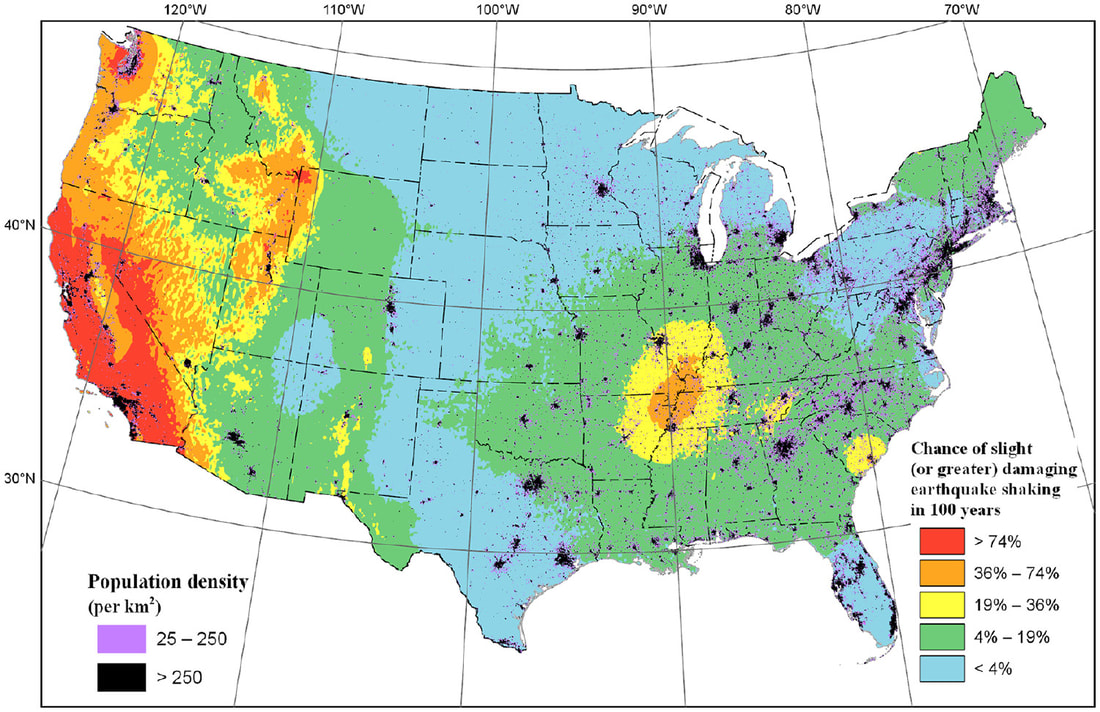

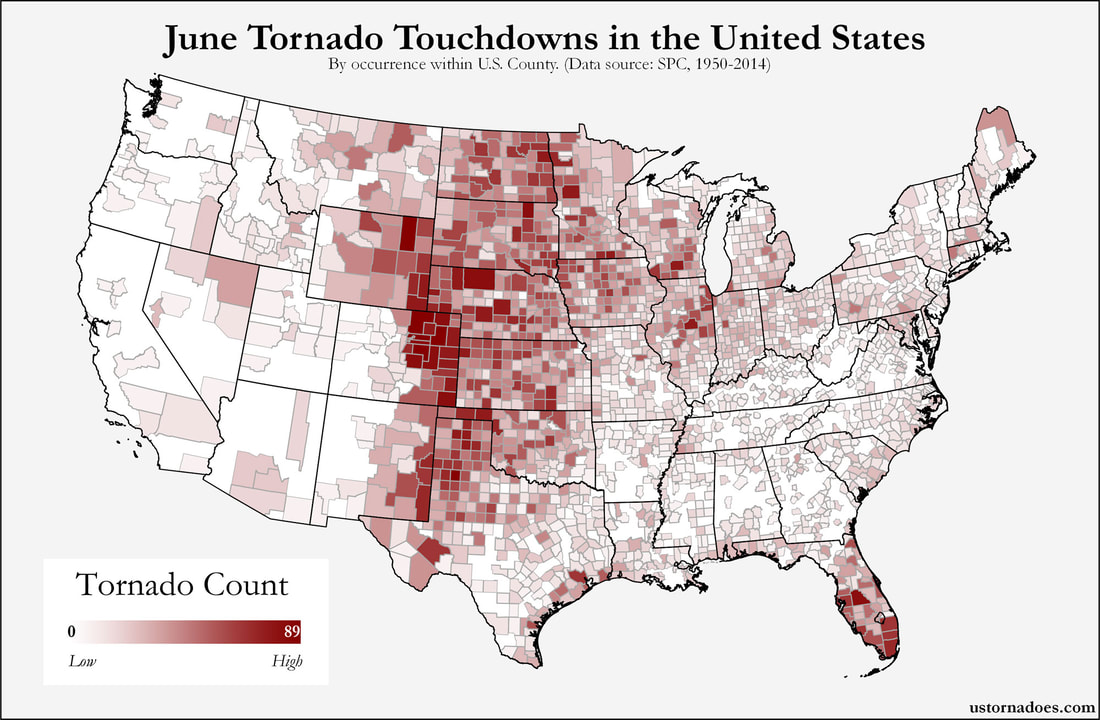
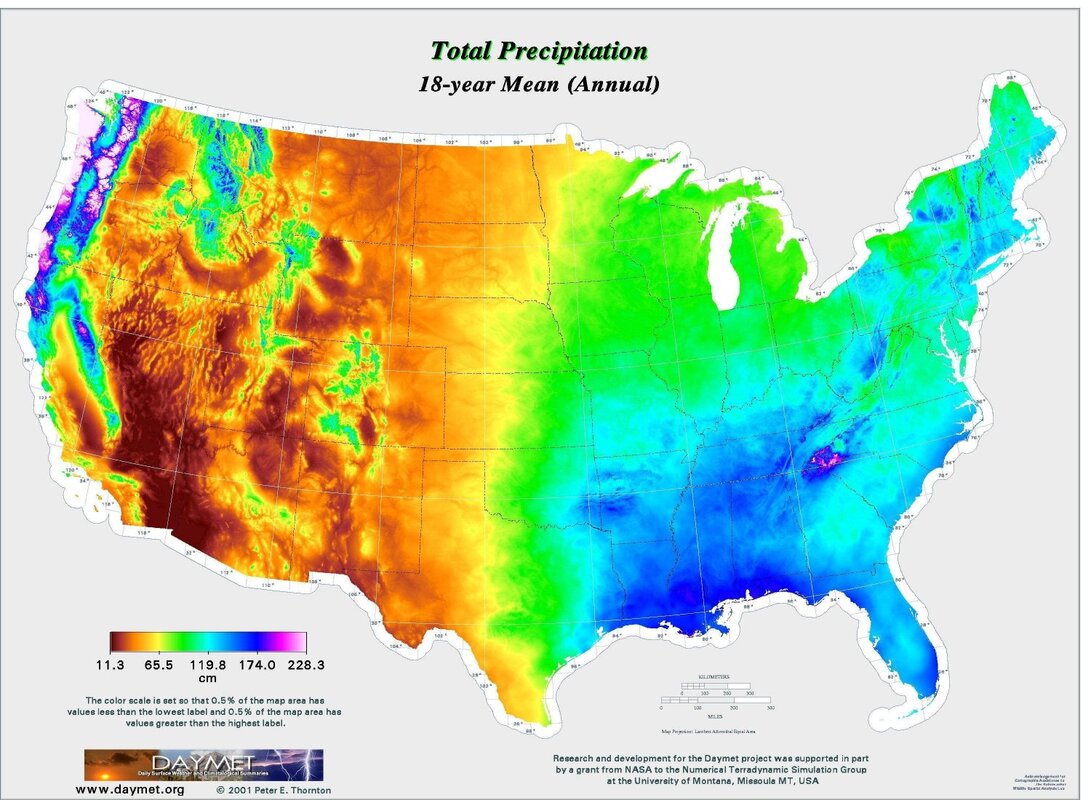
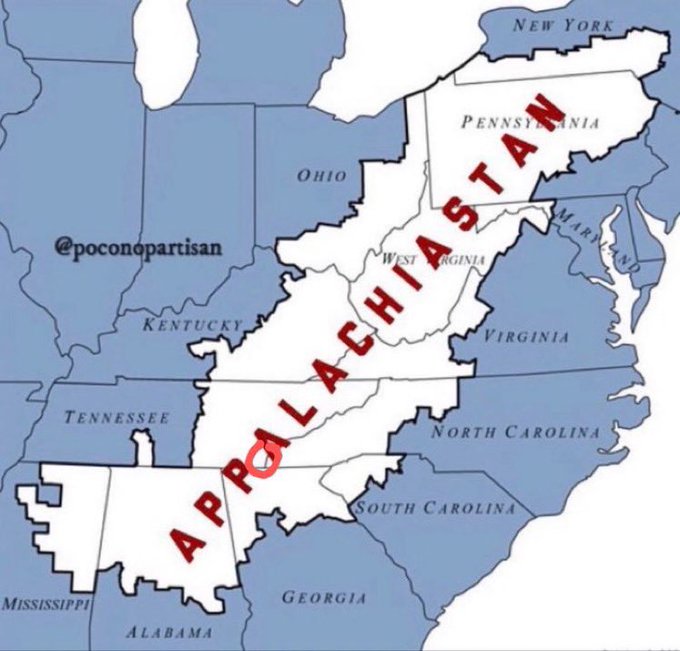
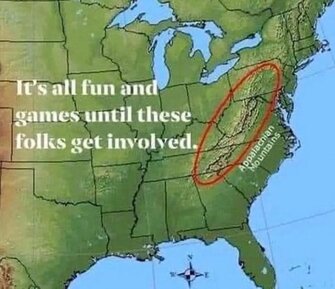
 RSS Feed
RSS Feed